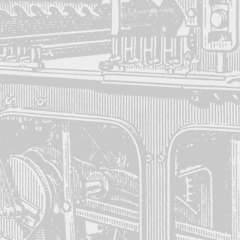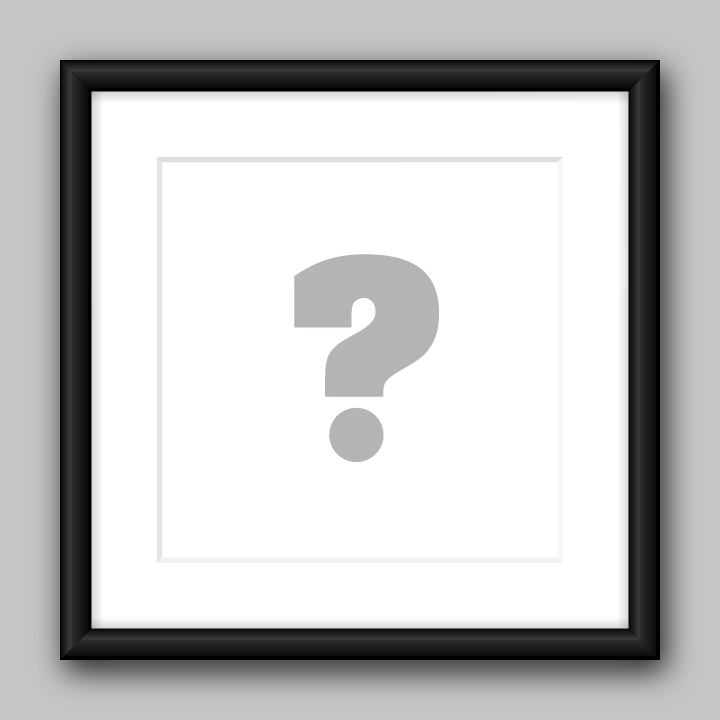If you read my blog regularly (optimism), you know I’m interested in copyright law. Not only because I want to be sure I establish and maintain the intellectual property rights of my own work, but because I occasionally like to find and re-use photographs, illustrations, and other types of ephemera in the public domain.
If you think determining what is and is not in the public domain is easy, you haven’t dug deep enough. This link points to an excellent article by the Senior Policy Advisor to the Cornell University Library on such topics, Peter Hirtle.
He explains some of the complexities of what he calls the science and the art of determining what is in the public domain and what is not.
There is no authoritative list of works that are ineligible for copyright protection; whether any individual work is protected by copyright is a matter of judgment.
PETER B. HIRTLE
When Is 1923 Going to Arrive and Other Complications of the U.S. Public Domain…
Copyright Term and the Public Domain in the United States…
Once you’re certain you understand what to look out for, the list of public domain image resources (below) is a good place to begin your search. I do caution though: just because someone claims an image is in the public domain does not make it so. MANY folks have a funny idea about what “public domain” means—so be skeptical and cross-check images before you use them—that might mean confirming dates, finding additional sources, contacting the original photographer or illustrator, and so on.
Public domain image resources …
One trick for cross-referencing public domain images is to see where else an image is being used. To do that, right-click the image, copy the image address, then paste it into TinEye and do a search…
Posted in JUNE 2018 / Chuck Green is the principal of Logic Arts, a design and marketing firm, a contributor to numerous magazines and websites, and the author of books published by Random House, Peachpit Press, and Rockport Publishers. Contact.




Thanks for sharing, Chuck. In my experience, Google images provides a more comprehensive overview of images than Tin Eye does. Google Images often finds instances where images have been slightly altered as well, when Tin Eye hasn’t.
Tony Laidig ( he goes by The Public Domain Expert), offers a number of great resources and courses for those interested in public domain, and effectively (and ethically) using it. Would highly recommend him.